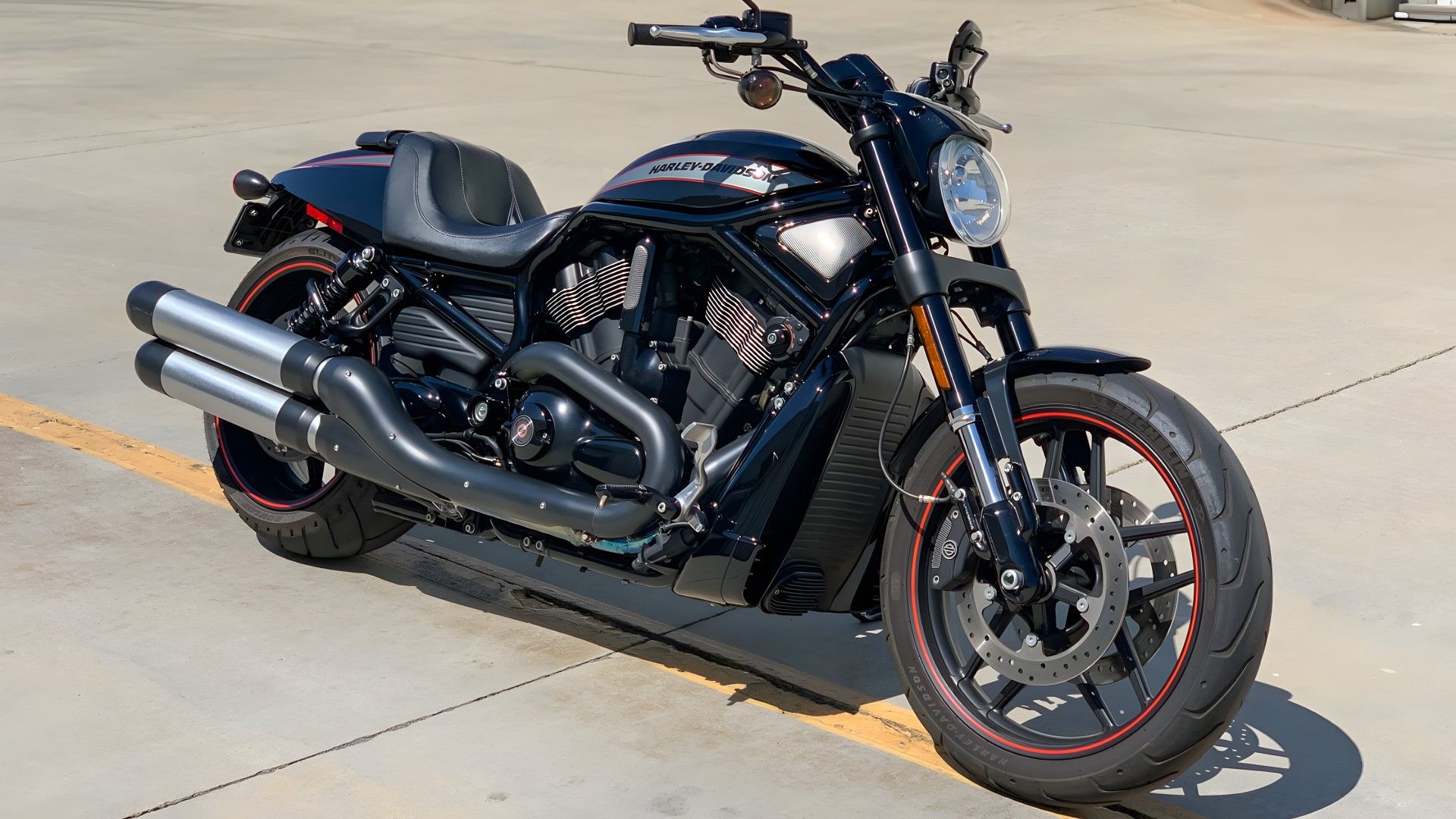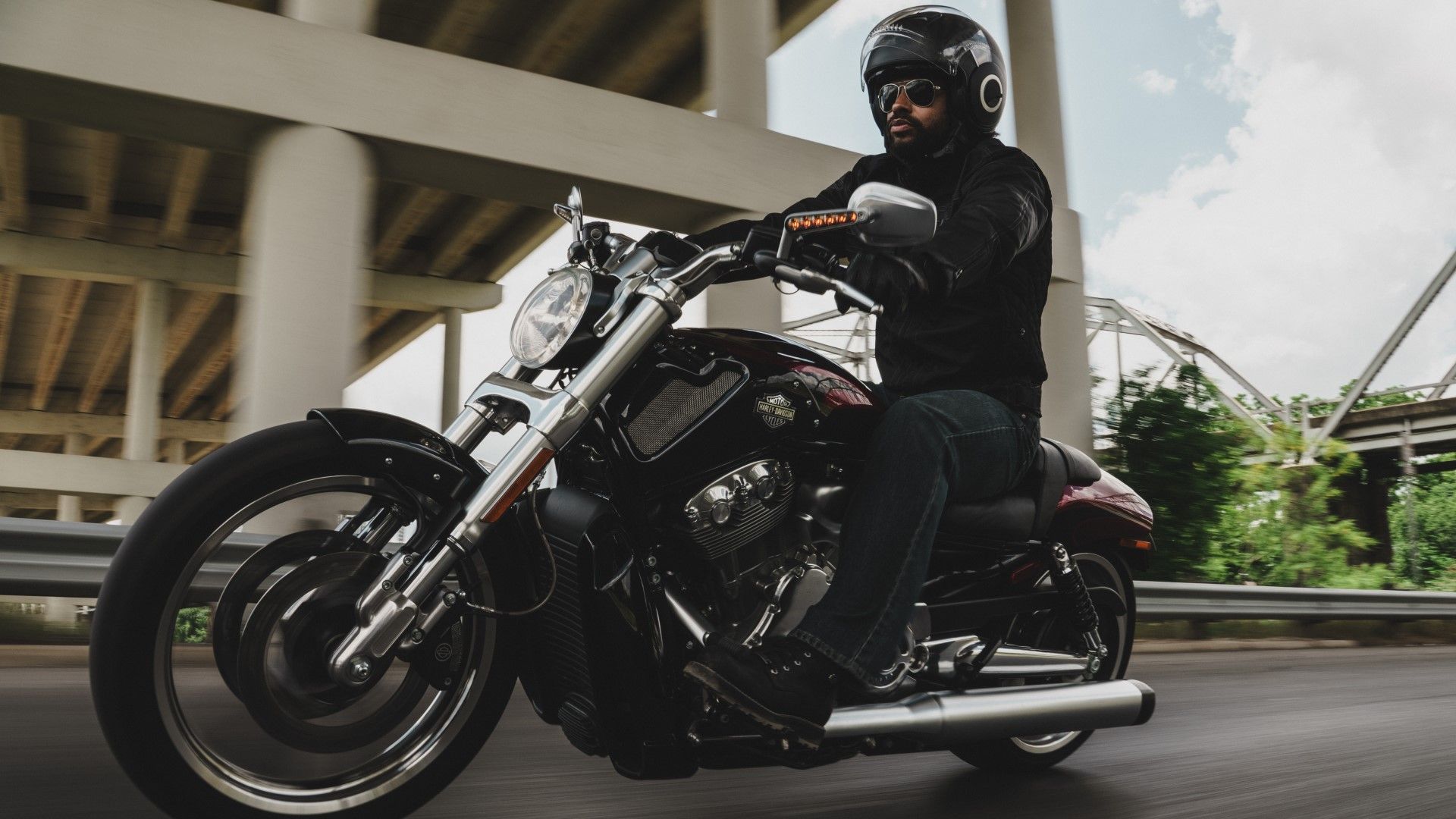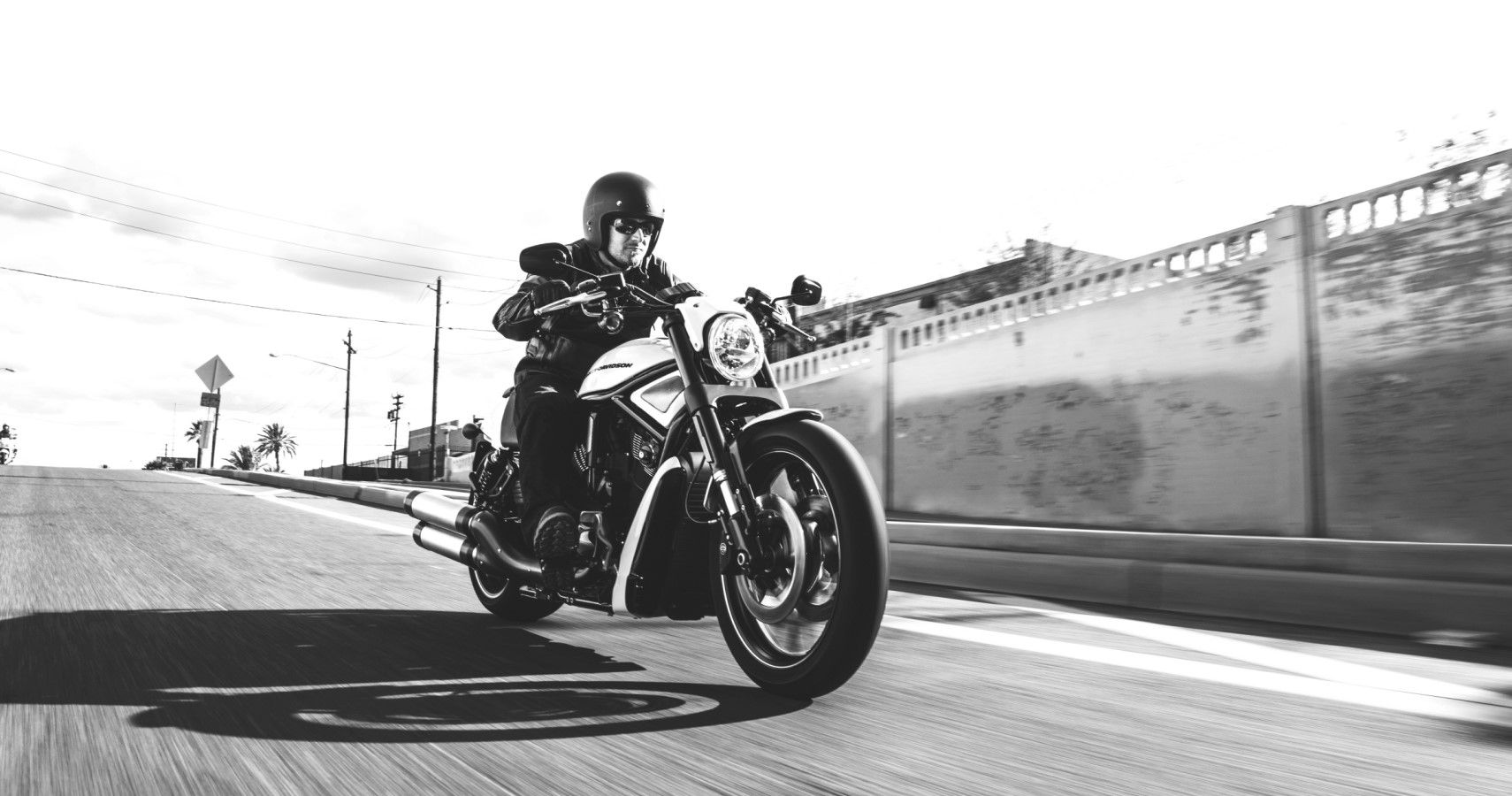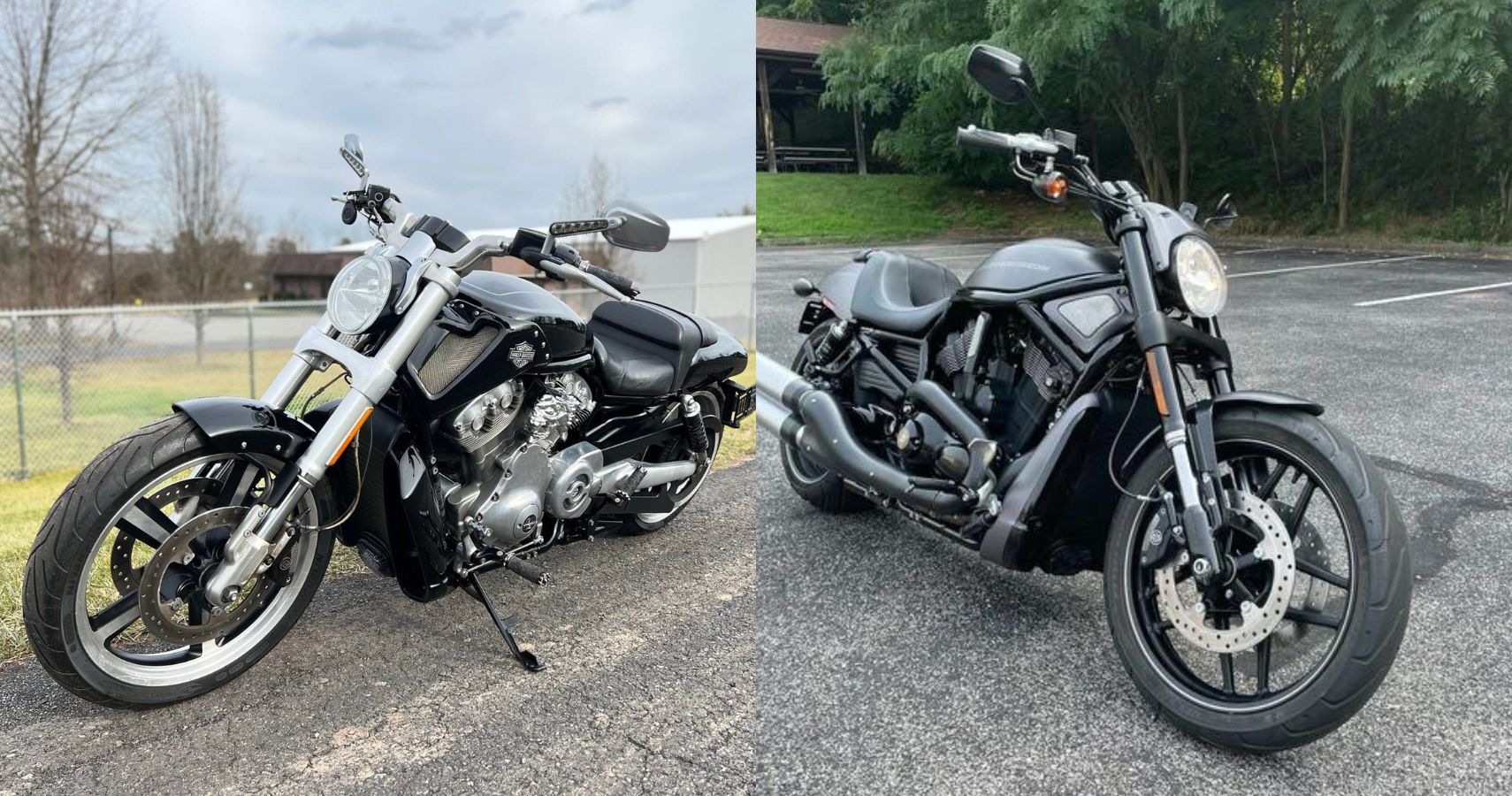Read update
- While it has been a few years since Harley-Davidson took the call to axe the V-Rod Muscle and the Night Rod Special, and there's still no concrete information about exactly why they took that decision in the first place, there's still plenty of interest in the legendary V-Rod. Given that, we have updated this article with relevant information and even prices on used V-Rods available in the market.
The year 2018 saw a big shake-up in the Harley-Davidson lineup. This was when the brand decided to make some big decisions about the future of some of its motorcycles, and suffice it to say that quite a lot of fans were left reeling by their decision to axe the Dyna big-twin lineup. But within that decision was an even more perplexing choice: Harley decided to completely drop the V-Rod lineup from 2018 onwards. This included the V-Rod Muscle and the Night Rod Special, two very, let's say, different Harleys that, if nothing else, provided a halo effect to the rest of the lineup.
UPDATE: 2023/12/15 22:13 EST BY RAUNAK AJINKYA
While it has been a few years since Harley-Davidson took the call to axe the V-Rod Muscle and the Night Rod Special, and there's still no concrete information about exactly why they took that decision in the first place, there's still plenty of interest in the legendary V-Rod. Given that, we have updated this article with relevant information and even prices on used V-Rods available in the market.
And just like that, without any notice or explanation, Harley pulled the rug out from under the V-Rod lineup, leaving many confused about the decision. This wasn't something trivial like changing the color of the tacho needle without telling anyone; the V-Rods were unlike any other that Harley had built up until 2001. It had an athletic stance and wasn't liberal with the use of chrome; it was big, tough, and powerful. And as of 2018, gone. Why, though?
All the information in this article about the V-Rod has been sourced from Harley-Davidson's official website unless specified otherwise. As for the reason behind the V-Rod's demise, we have speculated based on the facts at our disposal in the absence of an official comment from Harley-Davidson.
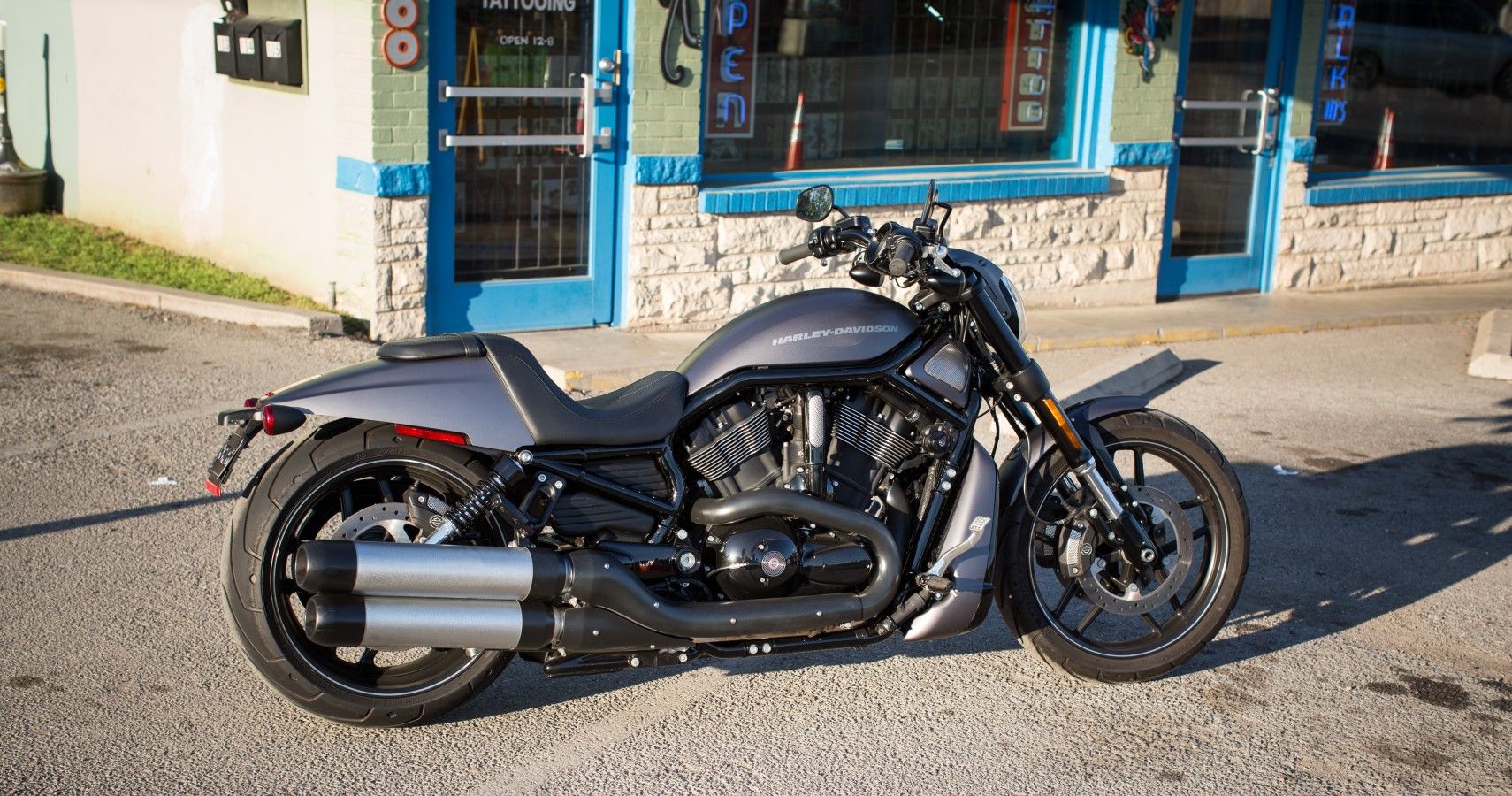
Here's What You Need To Know Before Buying A Harley-Davidson Night Rod
To understand the Harley-Davidson Night Rod, we have to first take a look at the origin of the VRSC, the Revolution Engine first placed in the V-Rod.The Multiple Reasons Behind The Night Rod & V-Rod Axing
Possible reasons behind the V-Rod lineup's axing
- Revolution engine, not Euro-4 compliant
- Dwindling sales
- Added competition
When Harley-Davidson announced its 2018 lineup, the V-Rods were missing. There was no announcement to bid farewell to this lineup, even though the V-Rod Destroyer was the coolest and most insane non-street-legal motorcycle from this line, whose 1300cc Revolution V-twin produced over 165 hp. It was so powerful that even on the drag strip, only someone with a pro-license could ride it - at their own risk.
So why the sudden discontinuation? Without a proper answer from Harley-Davidson, we can only hypothesize on this. One reason may be that the 20-year-old engine no longer meets the Euro 4 emission standards. Other factors could be dwindling sales and the fact that V-Rods have lived out their life.
At the time, the V-Rods had been introduced to meet and surpass Japanese bikes, but now the European cruisers have taken over the world market and titles. Perhaps Harley has something up its sleeve to deal with the new, more dangerous competition. And this time, it may be banking too much on its CVO lineup to pull a bunny out of the hat!
Porsche Helped Develop The V-Rod's Engine
The Harley-Davidson V-Twin Racing Street Custom line debuted in 2001 with the most "advanced" engines ever, the first from Harley's stable that boasted DOHC and liquid cooling. These were the kind of bikes no one believed came from Harley-Davidson and were radically different from the norm of the heavy cruisers and customs that the brand is mostly known for.
The first model was the V-Rod, and its engine was co-developed with Porsche, based on the VR-1000 Superbike Harley that decimated the competition in drag racing. And yes, while it may sound surprising, Harley-Davidson does have a racing history. But this was the first overhead cam and liquid-cooled engine from Harley-Davidson that entered mass production. Also, because of the 60-degree placement of the V-twin, these motorcycles lacked the signature thump of a Harley.
2010 Harley-Davidson V-Rod Muscle Specs
|
Displacement |
1,247cc |
|
Configuration |
Revolution, V-twin |
|
Power |
122 hp |
|
Torque |
86 lb-ft |
|
Gearbox |
5-Speed |
|
Top Speed |
139 mph |
Specs sourced from Motorcycle Specs
This engine was dubbed the Revolution, and the V-Rod also passed the Düsseldorf Test, an endurance test requiring an engine to run continuously for 500 hours without failing. Both the engine and the motorcycle proved their mettle, showing the world this was a different, reliable Harley.
The V-Rod also did not look anything like the rest of its Harley family. It had a tubular frame more reminiscent of Ducatis and looked far sportier than the rest. The gas tank was under the seat, and the airbox stanced itself as a tank to make the bike look cooler. Big and tough but with no OTT styling, this motorcycle was the most subdued and classiest of all Harleys ever and one of the quickest Harley-Davidsons as well.
Harley-Davidson V-Rod Engine Highlights
- Co-developed with Porsche
- DOHC and liquid-cooling
- Rigorous endurance testing conducted: engine ran for 500 hours without failure
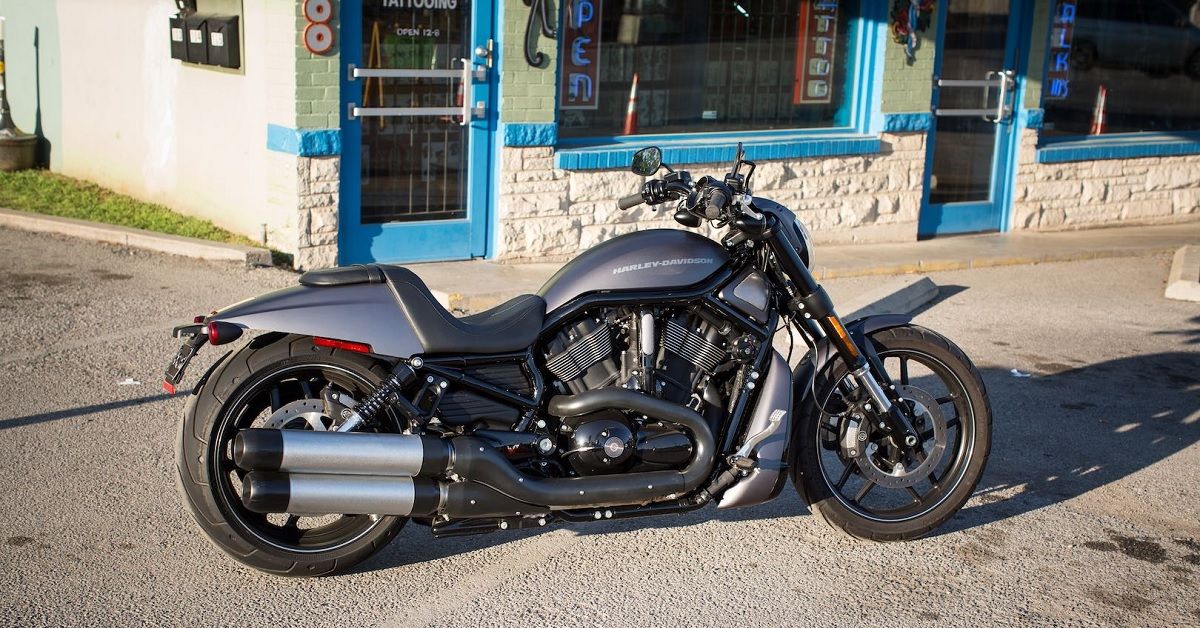
Here Are Some Of The Coolest Night Rod Special Mods
The Night Rod Special was introduced in 2001 as a new kind of muscle bike to compete with other heavy-hitters on the market.Harley's Real Intent With The Night Rod Special
From the stable of the V-Rod came the Night Rod in 2006, followed by the Night Rod Special in 2007. The Night Rod lasted just two years, giving way to its bigger, better, and blacker sibling: the Night Rod Special, which lasted until 2017.
Part of Harley-Davidson's "dark custom" series, the Night Rod Special replaced all the existing V-Rod's parts with black and dark ones. At its launch, it made 120 horsepower, which was later increased to 125, with 85 lb-ft of torque, making it a powerful bike, both in looks and on-road.
The V-Rod and its spawn, the Night Rod Special, were Harley's attempt to cash in on buyers from other brands who weren't interested in Harley-Davidsons. So the introduction of the V-Rods not only let Harley-Davidson show off its prowess and the fact that it, too, was willing to change with the times, but it also made for better and wider sales.
The reliability of the V-Rods was another big factor in boosting flagging sales for Harley-Davidson as a brand. While there are many reasons to buy a Harley-Davidson, the V-Rods gave even those who didn't care much about the brand a reason to go and have a look-see.
2008 Harley-Davidson Night Rod Special Specs
|
Displacement |
1,247cc |
|
Configuration |
Revolution, V-twin |
|
Power |
123 hp |
|
Torque |
86 lb-ft |
|
Gearbox |
5-Speed |
|
Curb Weight |
670 lbs |
Specs sourced from Motorcycle Specs
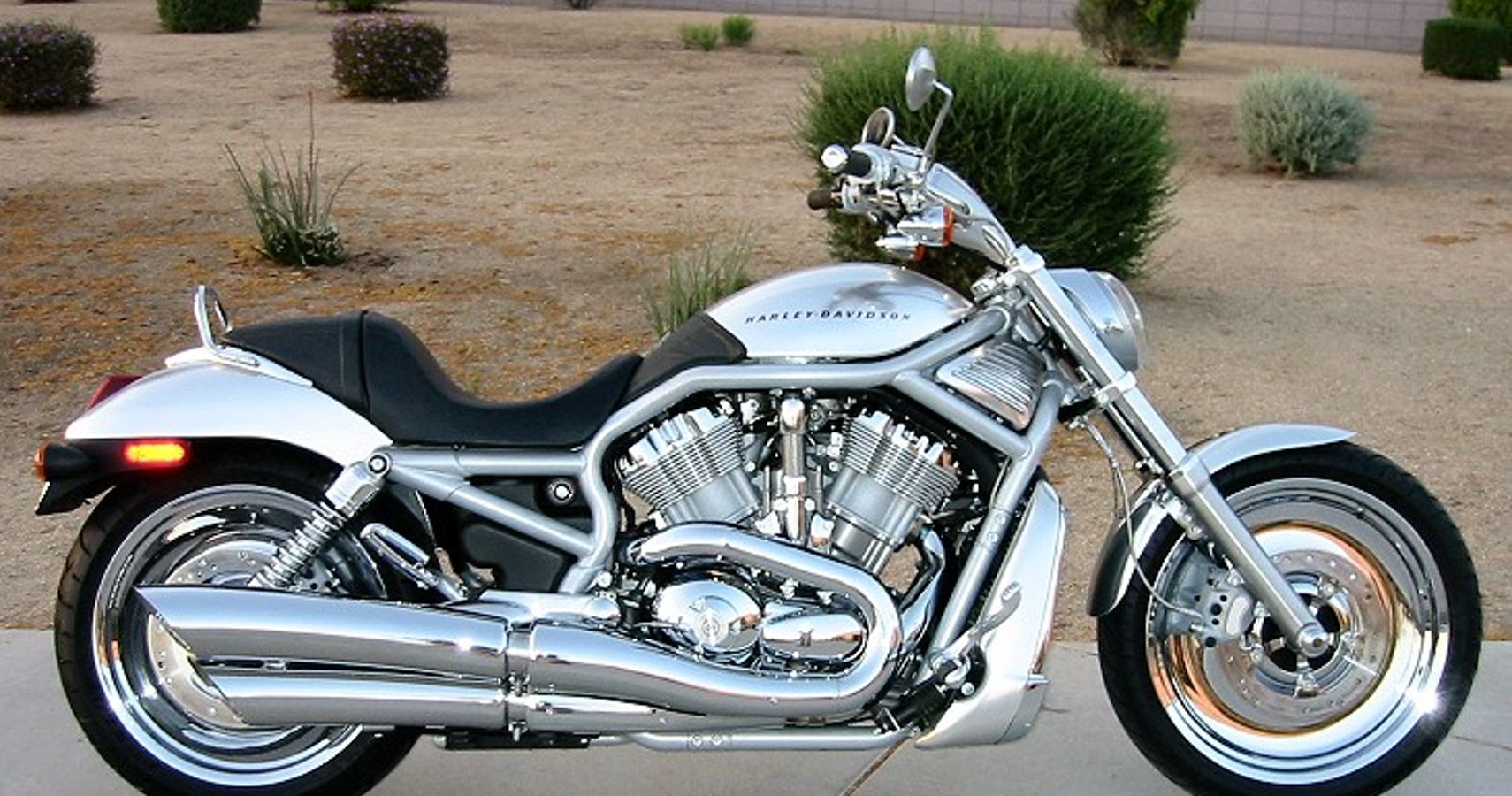
This Is Why We Love The 2002 Harley-Davidson V Rod
The iconic Harley-Davidson V-Rod was one of the most stylish muscle bikes encompassing a nearly unmatched aesthetic appeal.Night Rod Specials And V-Rod Muscles Prices Today
Used Price Range: $6,000 - $17,000
If you think you've missed the bus on a Night Rod Special or a V-Rod Muscle, that's only partly true. While Harley-Davidson won't sell you one fresh off the factory floor, a quick scan of the used market shows that there are quite a few options available that are in good nick.
If it's the Night Rod Special you're after, the used price range is between $6,000 and $17,000. Averaged out, that's about $11,500. The models available are quite diverse regarding mileage, model years, and colors, so finding one particularly to your liking shouldn't be too much of a hassle.
The V-Rod Muscle, similarly, has quite a few options on offer. The used price range is between $8,000 and $15,000, averaging $11,500.
Source: TheDrive
Reference: Topspeed
Source for used prices: Cycle Trader

